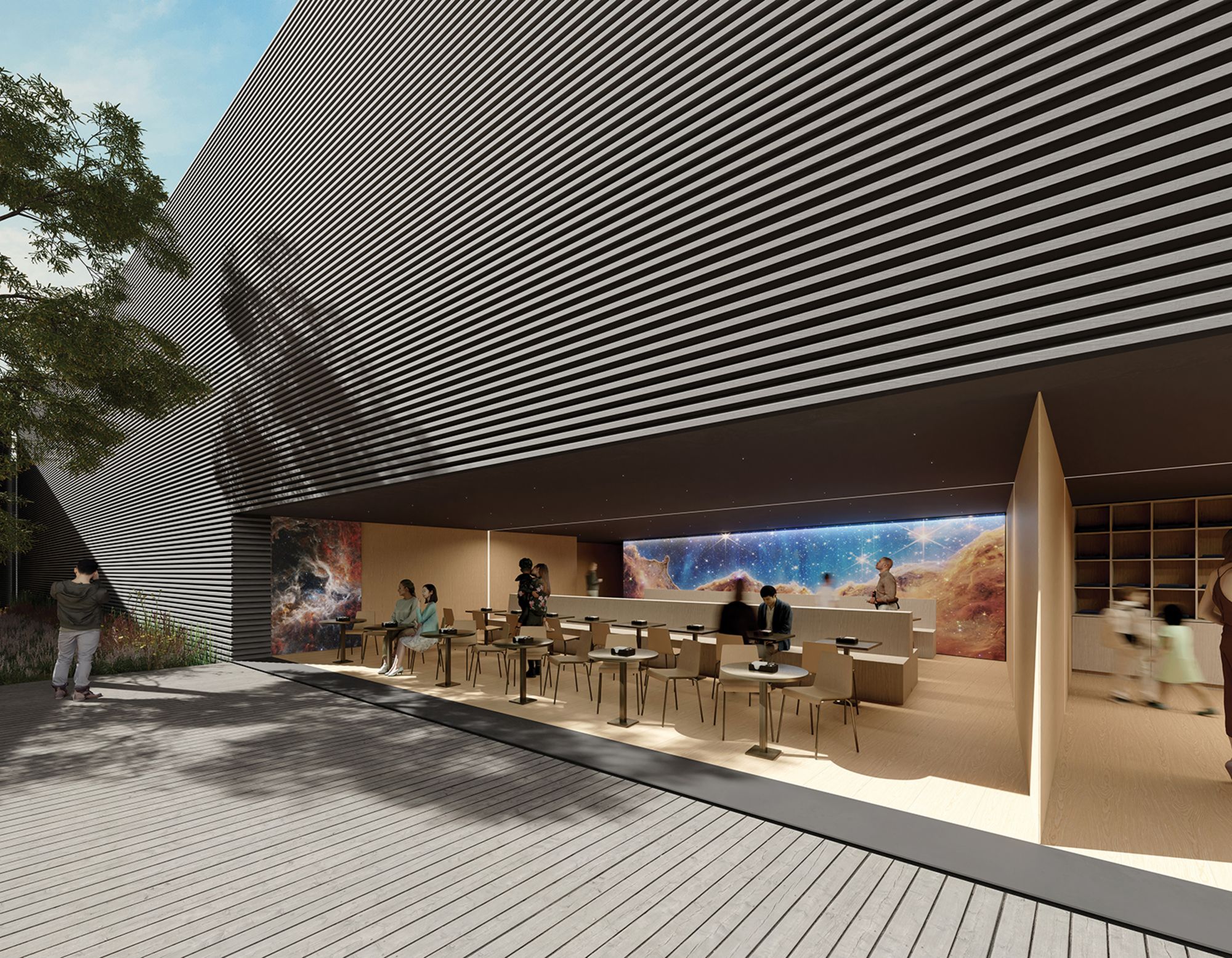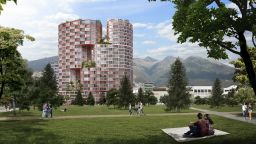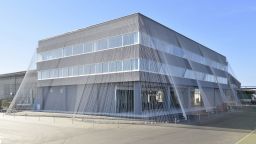At next year’s World Expo, a grand carnival showcasing different nations’ achievements, the US is planning something unusually quiet.
While the architecture at World’s Fairs, now held every five years, has often been about spectacle — think of London’s cast iron and plate glass “Crystal Palace,” built to host the inaugural 1851 edition — the open, minimalist pavilion design by US firm Trahan Architects for the Expo 2025 in Osaka, Japan, wants to draw you in with a subtlety and stillness that invites reflection.
“There’s no judgment, there’s no threshold (to cross) — all are invited into a public space,” Trey Trahan, the architecture practice’s founder and CEO, told CNN on Wednesday, shortly before the design was unveiled at the US Ambassador’s residence in Tokyo.
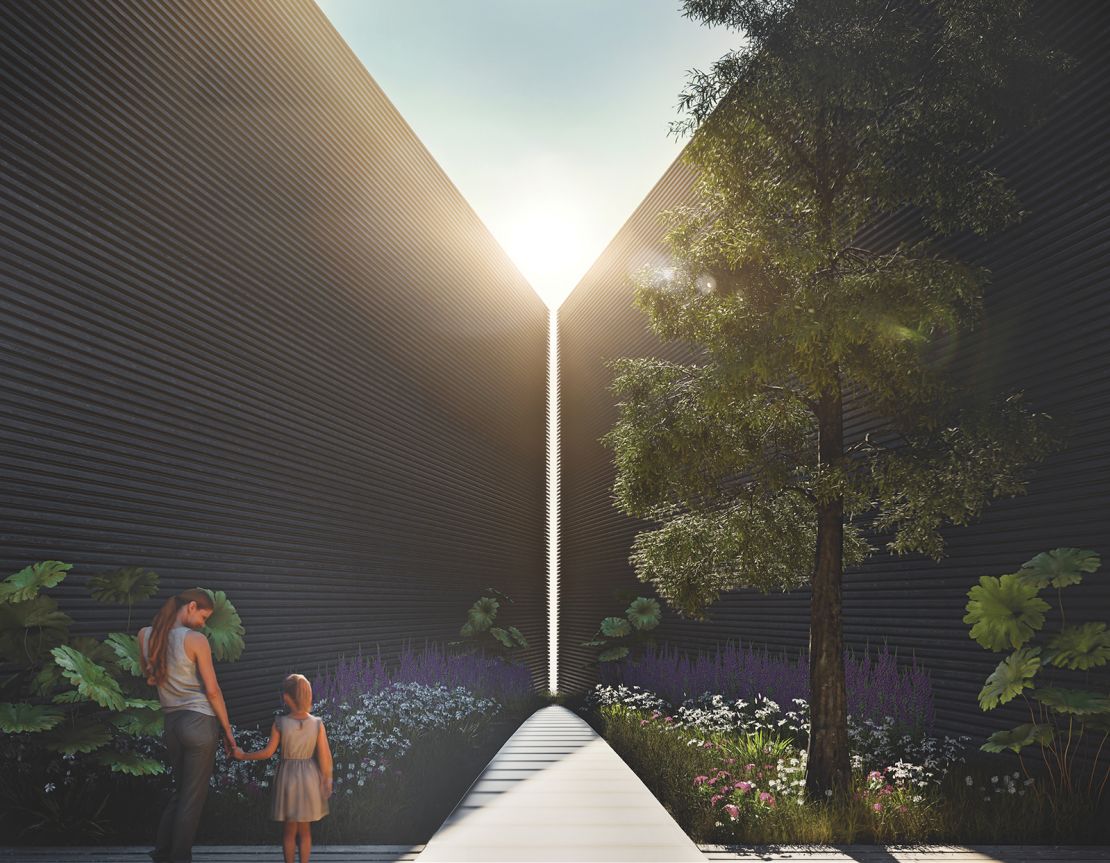
World Expos, or World’s Fairs as some are known, have celebrated some of the major inventions of their time, including stereoscopic photography, vulcanized rubber, the zipper, the internal combustion engine and IMAX. The Chicago World’s Fair of 1893 was the backdrop to one of the fiercest rivalries in modern science — that of Thomas Edison, Nikola Tesla and George Westinghouse, who were each racing to power the world with electricity.
Expos have also created some of the most talked-about architecture in the world. The Eiffel Tower was built for the 1889 Paris Expo, the Seattle Space Needle was built for the 1962 edition and parts of New York’s Statue of Liberty were displayed at fairs in Philadelphia in 1876 and Paris in 1878.
Rahm Emanuel, the US Ambassador to Japan, told CNN via email that the US pavilion at Expo 2025 Osaka will be the “embodiment of American spirit, celebrating innovation, openness, and global cultural exchange.” He called the event a “rare opportunity” for countries to come together to “share ideas, united by a common goal to build a better world for future generations.”
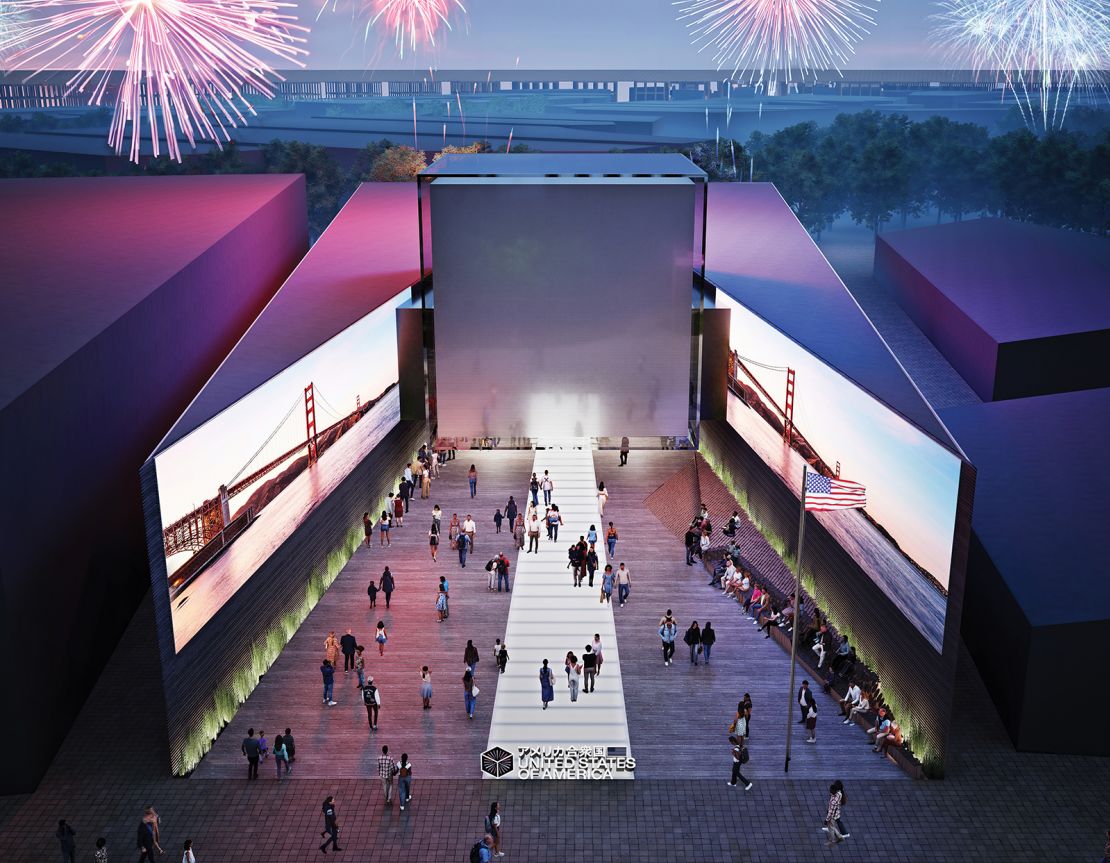
Trahan’s design features an elongated outdoor space sandwiched between two triangular buildings. The structure’s two wings will be joined by a central cube that appears to hover almost weightlessly above the ground. Large LED screens looming over the central plaza will show US landmarks, national parks and other “iconic images,” according to a press release from the US embassy in Tokyo.
An ‘invitation to the world’
The pavilion was commissioned by the US State Department in 2023 — a time when the Biden administration was still attempting to reshape American diplomacy following four years of inward, protectionist foreign policy under former President Donald Trump.
Trahan described the pavilion as an “invitation to the world” to gather, talk and find meaningful ways to contribute to society, whether through sustainability, education, entrepreneurship or space exploration, he said. It will host musical performances, talks and cultural events during the six-month Expo, which opens in April 2025, while a landscaped garden will see visitors explore various plants native to the US.
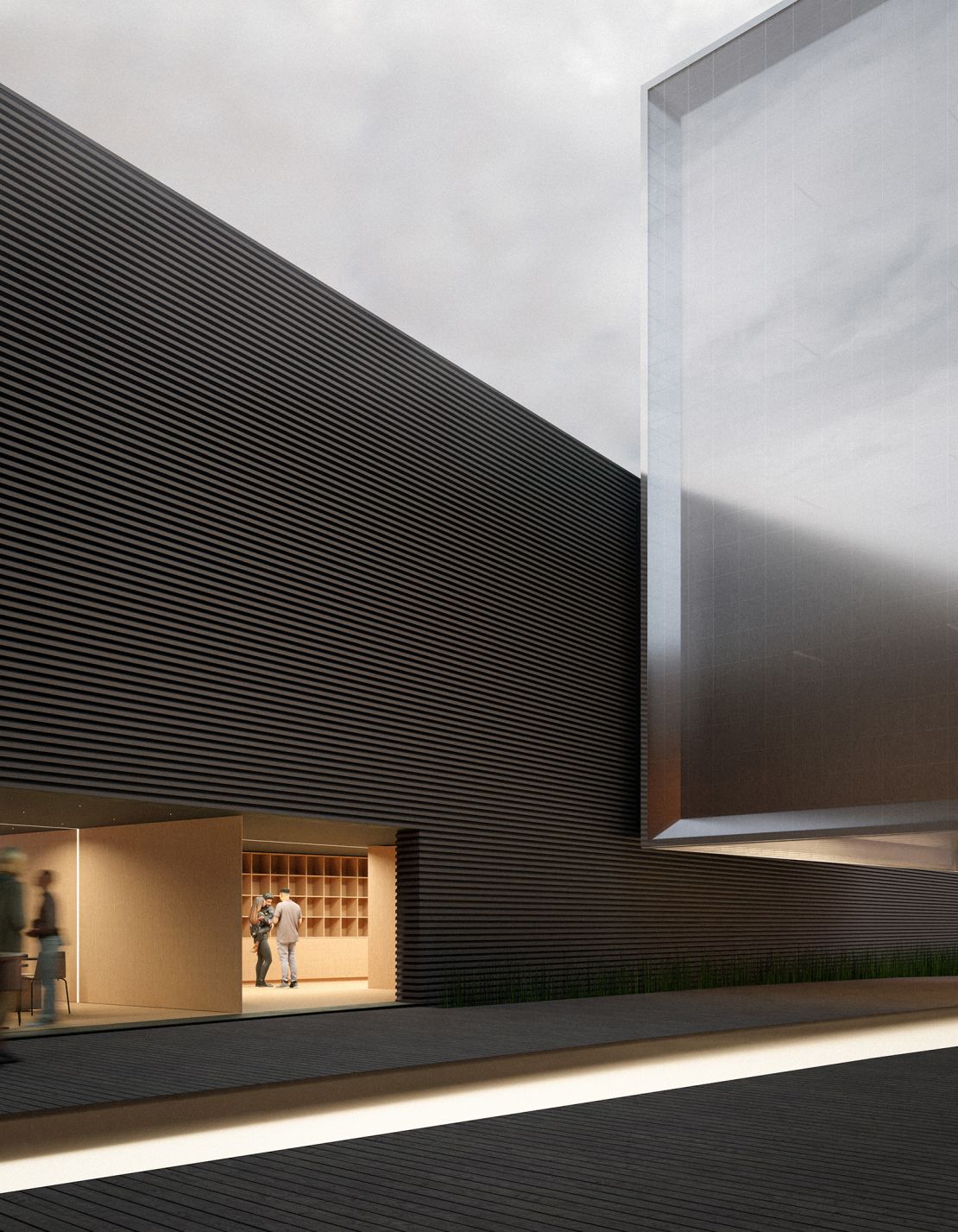
Working with event project management firm ES Global, the design will be largely built from recycled materials and is intended to be taken apart and reused. Steel, fabric, and materials used in ventilation and plumbing came from structures built during the Tokyo 2020 Olympics and will be used again in another project later, according to Trahan.
Responding to the theme of the 2025 expo, “designing future society for our lives,” the architecture — and the exhibits on American ingenuity housed within — are meant to be “conversation starters,” and are not “in any way suggesting the US has all the answers,” said Trahan.
An open-air cafe and a stage will showcase US culture, with dancers, musicians, artists, speakers and chefs expected to represent different regions of the country.
Los Angeles-based BRC Imagination Arts, an experiential planning and design firm, will meanwhile develop immersive exhibits that allow visitors to digitally see themselves studying at US universities, touring the country, and exploring the moon and outer space.
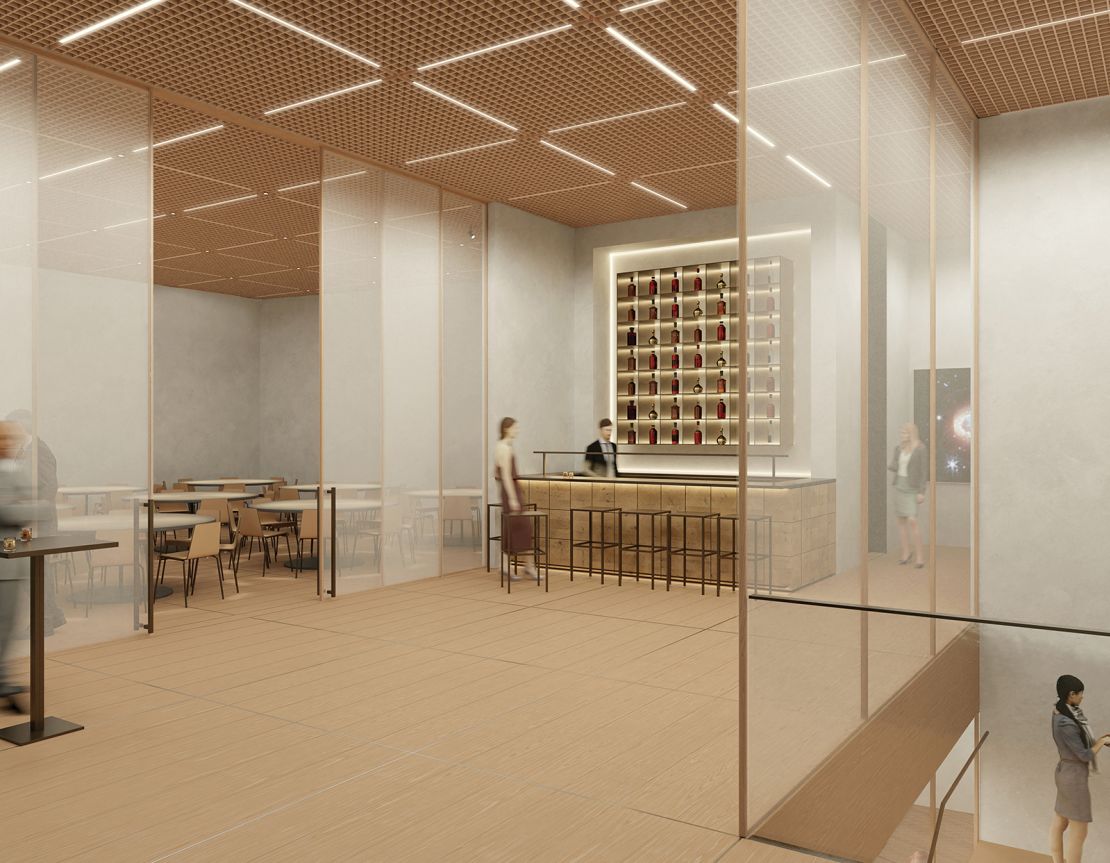
But as well as representing American interests overseas, the pavilion design also draws on the nature, culture and history of the Expo’s host country. Inspired by “wabi-sabi,” the Japanese philosophy of seeing beauty in imperfection, the firm’s design celebrates simplicity and accepts the inevitability of change, while the curved walls are a nod to ancient Japanese bridges and the open space invites visitors to experience Osaka’s climate and nature.
Headquartered in both New York and New Orleans, Trahan Architects has created museums, urban parks, cultural centers and stadiums throughout the United States.
Expo 2025, which marks the second time Osaka has hosted the event, is expected to welcome almost 30 million visitors.
